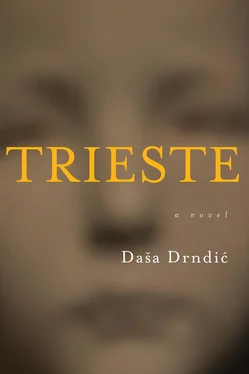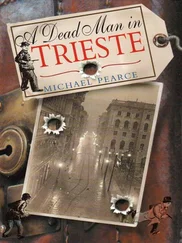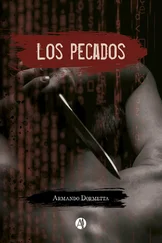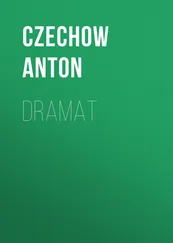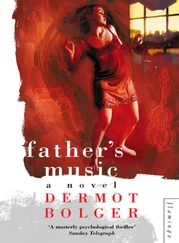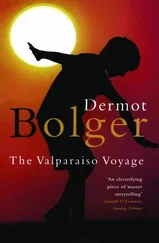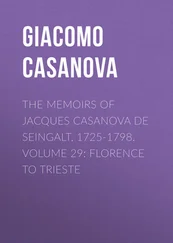Many years later, in the 1990s, Haya sees the movie Morte di un matematico napoletano with the excellent Carlo Cecchi, and from that, from the film, she learns part of the story of Renato Caccioppoli. The rest she uncovers on her own. But by then the war is long over. What happened is being forgotten.
All the same, unpaid bills keep arriving. The story of the famous mathematician comes too late for Haya. Only now, as she takes out a picture of that charming and impulsive genius, does she understand what he had said about fear. And something else he said long ago in 1938 at a mathematics class at the state Neapolitan Gymnasium: I do not know certainty, at best I discover possibilities .
Just before the Neapolitan parade, Renato Caccioppoli is embroiled in all sorts of antics around town, and there is talk of them which Haya remembers. Having returned to Naples in 1934 from Padua, where he had been head of the Department of Algebraic Analysis since 1931, Caccioppoli teaches group theory and mathematical analysis, works on linear and non-linear differential equations, elliptical equations, and so on and so forth, plays the violin and the piano both in private and in public, speaks of literature and painting, at times sports a beard, dresses in tatters and travels with empty pockets by train from one city to the next in third-class cars, is arrested for loitering and then released, then he goes back to his mathematics, his students adore him, he adores his students, after class they drink together and think.
At the time he looks like this:
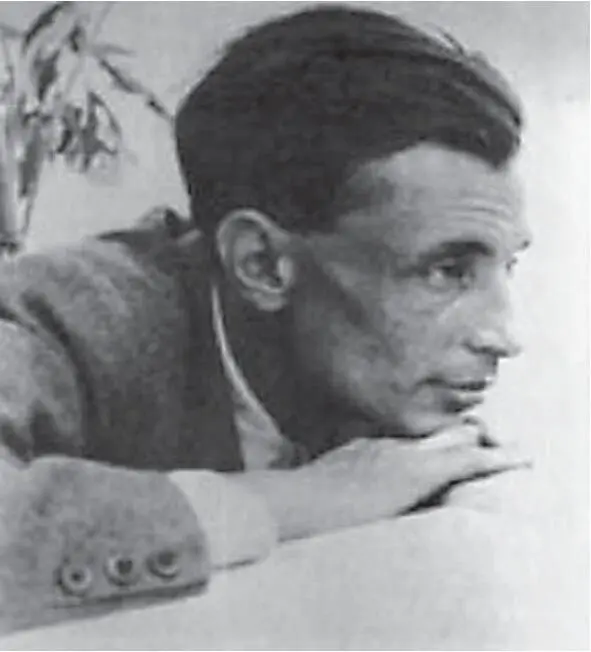
Fascism attaches itself to life in the city like the tentacles of an octopus squirting jets of black ink. The police work with dedication; the prisons are crowded; (some) people flee. Caccioppoli measures his fear with mathematical precision and realizes he cannot find it. He protests against the dull, mind-numbing, caricature-like rhetoric of the regime, always the same, the same for centuries, he rebels against the deceptive toys made of nothing but empty sheen and simple melodies for the hungry and ignorant masses, but these are things Haya cannot see (she is only eight in 1931), her father Florian does not see, nor does her mother Ada. They believe that now that they are Catholics they are absolutely safe. They believe in a better tomorrow wrapping their lives in thick black fabric and they become huge silk caterpillars, trapped bugs with squashed lungs, convinced they are already butterflies. They believe in universal obedience. If they are ever bold enough to rebel, they deserve serious punishment, as serious as God’s. Caccioppoli shouts, Italy is a wretched cur on a leash! Then he goes down Via Chiaia, just when it is teeming with pedestrians, he passes under the old bridge raised in the early seventeenth century, as if he were passing through a small arc de triomphe and behind him on a rope he drags a fattened capon. When he is not pulling off stunts, Caccioppoli meets with his friend, the Communist Trotskyite Mario Palermo and at secret meetings held in the taverns of Naples, in private flats or the warehouses of denounced bookshops, he debates, and whenever he gets his hands on a piano or a violin, he plays. In 1937 he meets André Gide, who says of him, More than a man, he was a soul .
Just before the parade, two days after Haya’s entire school class, entranced by Renato Caccioppoli, decide to dedicate their life to mathematics (as Haya does later), Renato Caccioppoli and Sara Mancuso walk on to the terrace of a small restaurant in the centre of town on 4 May, 1938. The night is luminous, the orchestra plays first waltzes, then marches, then a few Neapolitan songs — for appearance’s sake. People are eating pasta, mostly frutti di mare, pizzas, melanzane parmigiana, little candles flicker on red and white checked tablecloths. It is Wednesday, an ordinary evening. Caccioppoli gulps down the house red wine, rises, approaches the orchestra, and says, Play the Marseillaise. It goes like this, he says and whistles a few bars. The orchestra strikes up. The forks held by the plainclothesmen and assorted guests stop halfway to their open mouths. You heard, Caccioppoli says, the hymn to liberty; to liberty that is being suppressed in this country; to liberty which Benito Mussolini does not acknowledge, who with his German ally… Sara and Renato are arrested immediately. The Special Court rubs its hands in gleeful anticipation. But the Caccioppoli family are well placed. Renato Caccioppoli’s aunt Maria Bakunin is a chemistry professor at the University of Naples; Mikhail Aleksandrovich Bakunin is his grandfather. The family obtain “medical evidence” showing that Renato Caccioppoli is deranged. They place him first in a prison clinic for the mentally ill run by psychiatrist and university professor Cesare Colucci, then he is put in a private hospital established by Colucci’s late friend, also a psychiatrist, Leonardo Bianchi. The Bakunin family have plenty of experience with handling the threatened and those who threaten; their history teems with biographies of the “disobedient” who must be spirited away; Russian history and other histories; this is a story that flows on like a muddy river. Sara Mancuso, whom Caccioppoli later marries, is released. The world of the downtrodden and abandoned literally becomes Caccioppoli’s world. Renato has his room and a piano on which he plays the Marseillaise whenever he feels the urge, when he is not working with numbers or coming up with formulae which later (with his blessing) others publish under their own names, as Hermann Weyl does in 1940. The patients adore Caccioppoli. They sing in his chorus, which they dub the “nutcase choir”. The whole hospital sings. People from the unreal world sing songs different from the songs sung in the real world, which are not, in fact, for singing, because one can only march to them, not dance. Out there song is drying up; it is no longer song. It is being squeezed out, reduced to pomace. Caccioppoli works at the asylum. He is visited by friends, colleagues, students (though not all of them). Renato goes for brief walks in the mild sun and comes up with new calculations. Haya and her friends are too young, they do not visit Renato Caccioppoli, they are told, You cannot understand . And so Haya’s life passes by with her not getting it, or getting it wrong, or getting it late, so she now tries to dismantle this misunderstanding as if it were a magic cube, the pieces of which stay stubbornly clamped shut. She opens, dissects her not-getting-it way of getting the gist into tiny, tiny segments, delving into each and every cell of the vast honeycomb her life has become. She thrusts the slender needle of reason into each of these already empty little chambers, gradually, into one after another, but out of them creep maggots, pure rot.
Renato is visited by Carlo Miranda *and Gianfranco Cimmino. *
I go to see him every day. He accepts life among the patients calmly. He understands his incarceration as a special brand of human experience. But we are all concerned. Occasionally, when he is allowed to, we drive my car out into the country, have lunch at a little restaurant and speak of mathematics, war and women .
In 1938 Guccio Gucci (1881–1953) opens his first shop in Rome; his woman’s bag with bamboo handle is a hit.
In 1938 Italy wins the World Cup in football.
In September 1938 Mussolini abrogates the civil rights of Italian Jews.
In November 1938 a domestic version of the Nuremberg Laws comes into effect in Italy.
In 1938 King Vittorio Emmanuele III publicly supports Benito Mussolini in signing the Race Laws, according to which all Jews may be cleansed from the Government, the university, the army and other public services, and their rights to schooling and property ownership strictly limited.
Читать дальше
